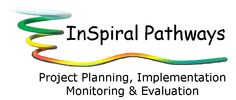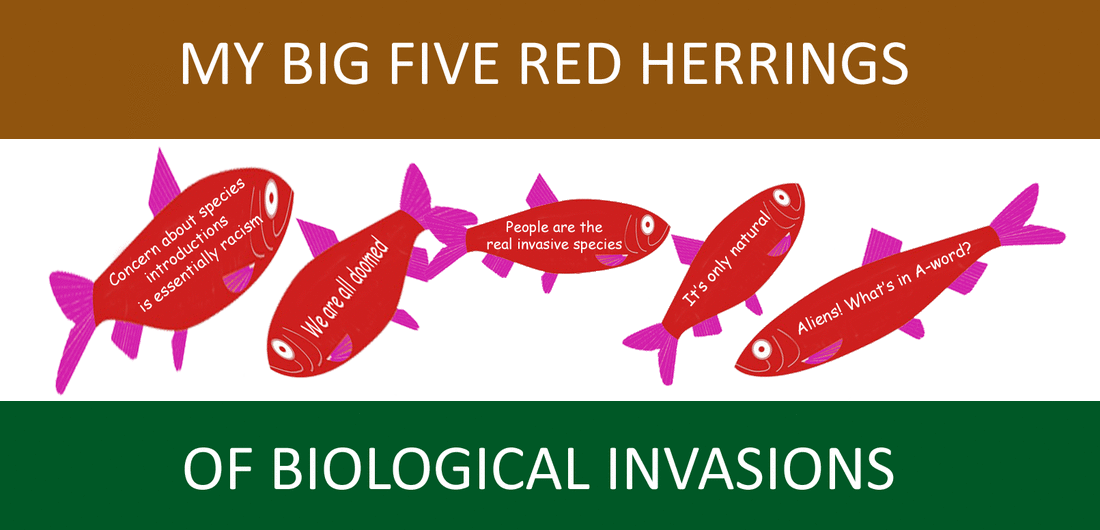The usual suspects come to the top of most peoples’ invasive species lists: Species such as the cane toad (Rhinella marina) which is a major threat to Australian wildlife, the ship rat (Rattus rattus) that spreads disease, harms agriculture and causes species extinctions, the red imported fire ant (Solenopsis invicta) estimated to cost at least half a billion dollars per year in damage to people, agriculture and wildlife in the USA, and the water hyacinth (Eichhornia crassipes) which has clogged up water bodies in many of the warmer parts of the world. Sorry if I’ve missed out your “favourite” but it could end up being a pretty long list!
A less well-known but nonetheless pernicious “species” in the biological invasions world is the “Red Herring”. The physical red herring (Clupea herengus) - a fatty, commercial fish native to the north Atlantic and Pacific with a reddish colour when smoked does not, as far as I know, cause any biological invasion problems. However, the metaphorical red herring - a subject that causes confusion thus distracting attention from the main issue – can generate enough misunderstanding, frustration, conflict and exasperation to derail actions to effectively manage biological invasions. I have identified the following as my Big Five Red Herrings of Biological Invasions:
- People are the real invasive species – So let’s do something about our numbers first.
- We are all doomed - So what’s the point of doing anything?
- It’s only natural - Species have always moved from place to place so what’s all the fuss about?
- Concern about species introductions is essentially racism - Species introduction, like human immigration, is a positive thing and those who advocate managing the process are eco-fascists.
- Aliens! What’s in A-word? – Alien means extra-terrestrial and those species you talk about evolved on planet earth.
Although there are subtle differences in the suggested actions for each red herring, all of them boil down to highlighting the issue as early as possible in order to discuss its potentially distracting consequences. In the language of biological invasions I am advocating a risk management strategy to prevent the arrival, establishment and spread of the red herring! As we know only too well an ounce of prevention is worth a ton of cure.
Coming up next: Red Herring #1: People are the real invasive species – so let’s do something about our numbers first.


 RSS Feed
RSS Feed
